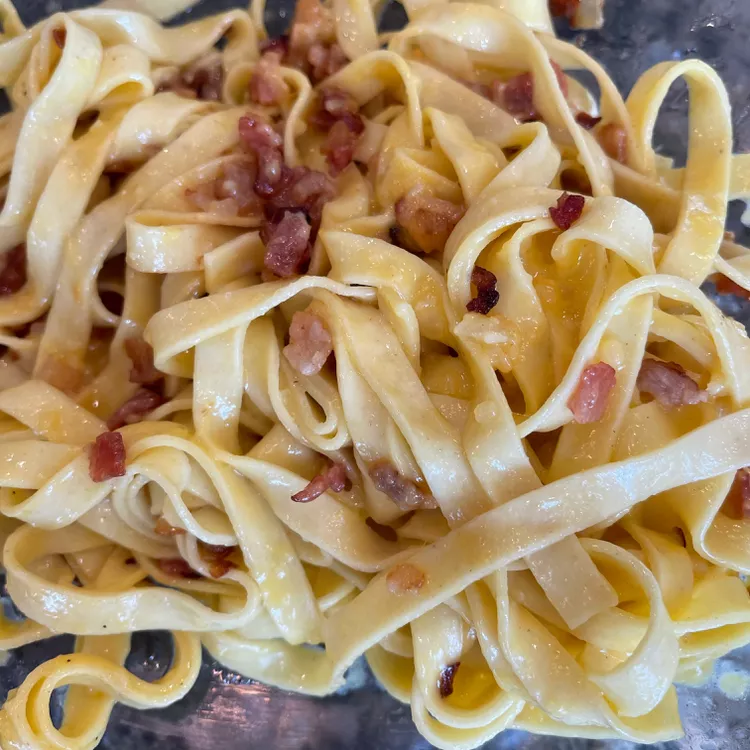Thai Basil vs. Basil: What’s the Difference?
Basil is basil, right? Wrong.
Interest in growing herbs at home is on the rise, and with it comes the opportunity to explore more exciting herbs that go beyond your standard parsley, cilantro, etc. Enter: Thai basil. It’s one of hundreds of basil varieties out there, and it brings a whole new flavor profile than its Italian counterpart. Learn the difference between Thai basil and sweet basil, plus how to use them in recipes.
What Is Thai Basil?
Although you’re probably most familiar with sweet basil (also called Italian sweet basil), it is estimated that there are over 100 varieties of basil, with some cultivated for more than 5,000 years. All types of basil are members of the mint family.
Thai basil is of Southeast Asian origin, and is a common ingredient among the cuisines of this region. It has a slightly spicy, licorice-like flavor. In terms of appearance, Thai basil has a purple stem and small, sturdy leaves with serrated edges.
Thai Basil vs. Sweet Basil vs. Holy Basil
:max_bytes(150000):strip_icc():format(webp)/102797765_andy-lyons-2ae9049f57454d74a24a86dcf8e307b4.jpg)
So, how does Thai basil stand up against the more familiar Italian sweet basil? At a glance, the most distinguishable difference is the color of the stems: Thai basil has a purple stem and sweet basil has a green stem. And unlike the delicate, floppy leaves you find on sweet basil, Thai basil leaves are much sturdier, meaning they’ll hold up better during cooking (sweet basil leaves are usually added fresh, after the rest of the dish has been cooked). Thai basil leaves are also smaller and more narrow than large, circular sweet basil leaves.
But setting looks aside, Thai basil is spicy with an anise, or licorice-like flavor, while sweet basil has a more mild peppery and sweet taste (for reference, sweet basil is commonly used as a main ingredient in Genovese-style pesto).
Holy basil is another type of basil native to Southeast Asia, and it’s easy to confuse it with Thai basil, as it’s sometimes referred to as “Thai holy basil.” But the two actually belong to different species — holy basil belongs to the Ocimum tenuiflorum species, and Thai basil belongs to the Ocimum basilicum species. While Thai basil presents stronger licorice flavor, holy basil has a more peppery, clove flavor. And in terms of appearance, holy basil is slightly larger and more oval shaped with a green stem.
See Also Other Post:
Can You Substitute Sweet Basil for Thai Basil?
Sweet basil can work in place of Thai basil in a pinch, but you will lose the kick that Thai basil brings to any dish. Supplementing with other fresh herbs like mint or cilantro can help make up for some of that flavor loss. But in dishes where Thai basil is central (like in Vietnamese Fresh Spring Rolls), it’s worth it to seek out Thai basil.
Where to Buy Thai Basil
You might be able to find Thai basil at a well-stocked supermarket, but you’re more likely to find it at an Asian or International market. You can also grow your own Thai basil, as you would other fresh herbs.
:max_bytes(150000):strip_icc():format(webp)/102790879_Kate-Carter-Frederick-9cf08b56b72c49ef84ac84299e0dbeb9.jpg)
Thai Basil Uses
Thai basil can be enjoyed fresh or cooked at high temperatures, thanks to its sturdy build. It’s essential to many Southeast Asian dishes like panang curry and pho. Use it fresh in this Vermicelli Noodle Bowl or these Thai Basil Rolls with Hoisin-Peanut Sauce. Or cook it up in this Thai Spicy Basil Chicken Fried Rice. Use Thai basil anywhere you want to add an herbaceous note with a kick.
Related:
- 15 Top-Rated Thai-Inspired Recipes Ready in 45 Minutes
- 15 Ways to Use up Fresh Basil
- Browse our entire collection of Basil Recipes.
Was this page helpful?






